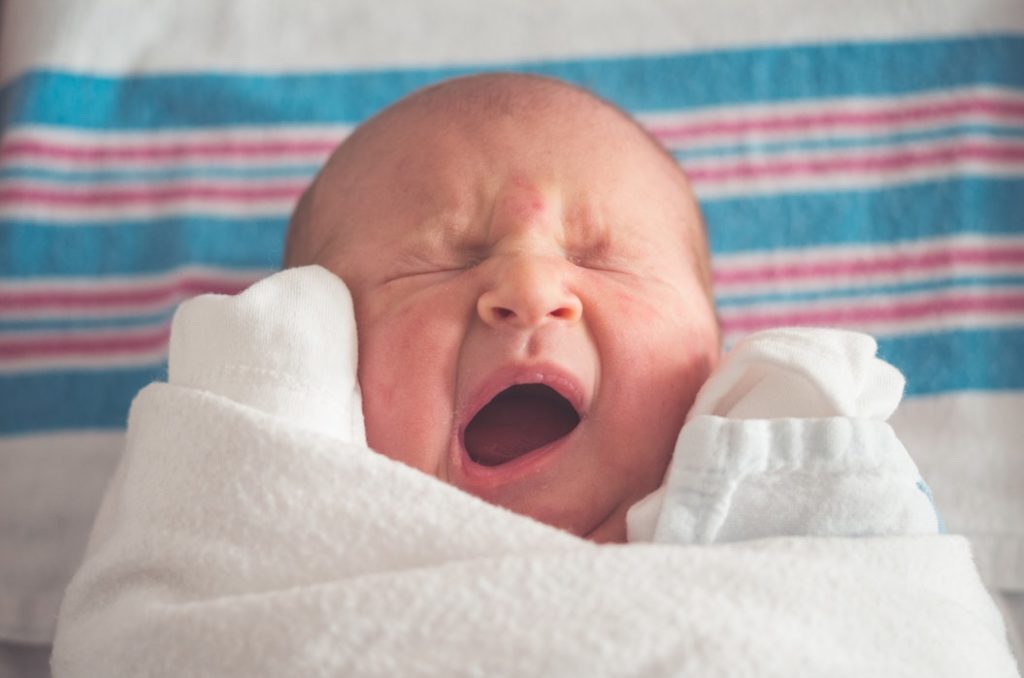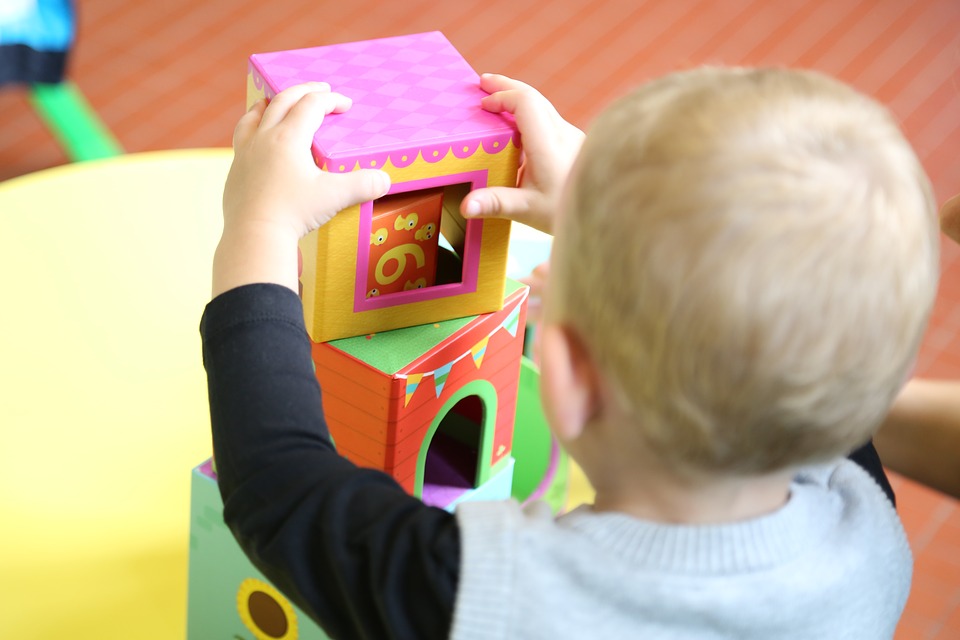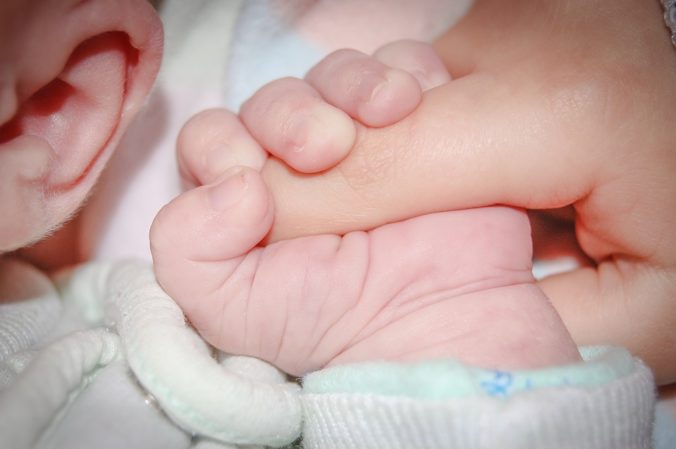Childhood hearing impairment or deafness can have a devastating impact on the infant’s emotional, cognitive and social development. Early screening and treatment play a vital role in minimizing the effects of this hearing disability.
Risk factors for hearing loss in infants
According to the World Health Organization, 360 million people in the world suffer from disabling hearing loss, among which 32 million are children.
There are many reasons a child may be born with hearing loss or deafness. In addition to hereditary factors, certain events or behaviour during the pregnancy or complications at birth can also pose a risk to the infant’s hearing, such as the mother ingesting ototoxic drugs (medication that harms the sensory cells in the inner ear), premature birth and low birth weight, deformities in the infant’s head or neck and complicated or prolonged labour. Acquired causes to be especially aware of after birth include diseases such as otitis, mumps, measles or meningitis, which can all damage the child’s hearing. However, a series of prevention strategies can be followed in order to avoid childhood hearing loss.

Detecting hearing loss in newborns
Screening and early intervention are fundamental in minimizing the effects of hearing loss on a child’s development and school performance.
The CODEPEH (Spanish Commission for Early Detection of Child Deafness) has compiled a list of the major risk factors which require that a full audiology evaluation be carried out on the infant shortly after birth.
The most common method in the case of high-risk newborns is an Auditory Brainstem Response test, which consists in passing sounds through headphones, while electrodes attached behind the ears and on the head allow the healthcare professional to register the child’s responses to them. If the results achieved are unsatisfactory, it is vital the test is repeated at around one month of age. If the infant fails the test again, they will be referred to a specialist unit to undergo further screening in order to diagnose the level of impairment or deafness at around three months old.
Warning signs of childhood deafness
According to the Spanish Society of Otorhinolaryngology and Head and Neck Surgery (SEORL-CCC), the most obvious symptom of hearing impairment in babies is a failure to react to sudden loud noises. Soon afterwards, it will become apparent that the infant does not respond to voices, which is particularly obvious if they are called to from behind and do not turn their head. Another warning sign is if the young infant does not coo or babble within the first few months after birth.
In children over twelve months of age, a hearing impairment may be suspected if they have trouble learning or speaking their first words. Over time, this hearing deficiency can cause important delays in speech and language.
The impact of late diagnosis of hearing impairment
A late diagnosis of childhood deafness or hearing impairment can have important consequences on several areas of the child’s development:
- Learning: the child will have learning difficulties or fall behind at school, show no interest in classroom activities and will have problems memorizing information. Hearing-impaired children will often copy their classmates’ behaviour and have trouble recalling instructions or learning new concepts.
- Speech and language: the child will develop very slowly in this area and continue to use only simple linguistic structures. School-age children with hearing deficiencies struggle with reading and writing.
- Social development: the child is often and easily distracted, will find it hard to interact and play with other children and may become socially isolated.

Now that you know the causes and effects of childhood hearing loss, pay special attention to the warning signs during baby’s first two years of life to make sure that they receive an early diagnosis and treatment to avoid further complications in the future.

0 Comments
1 Pingback